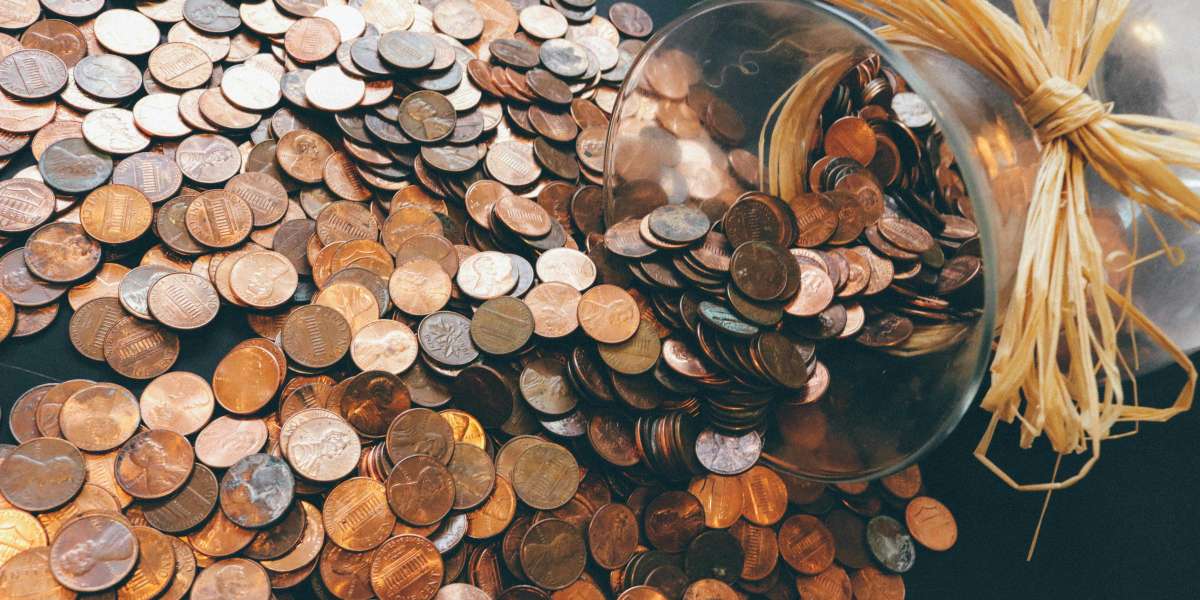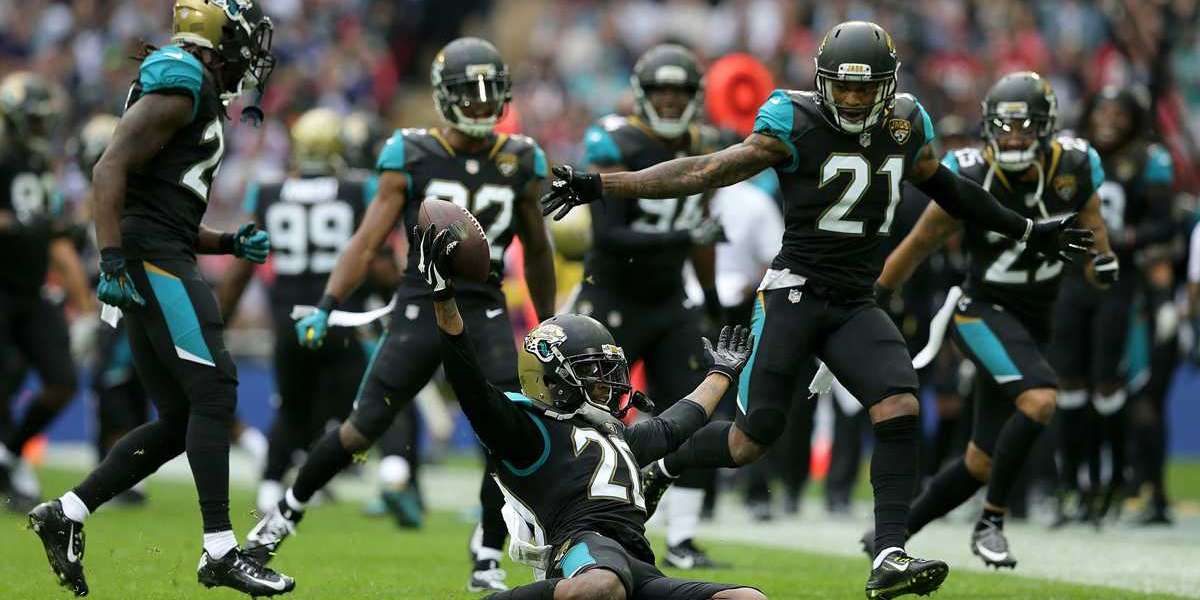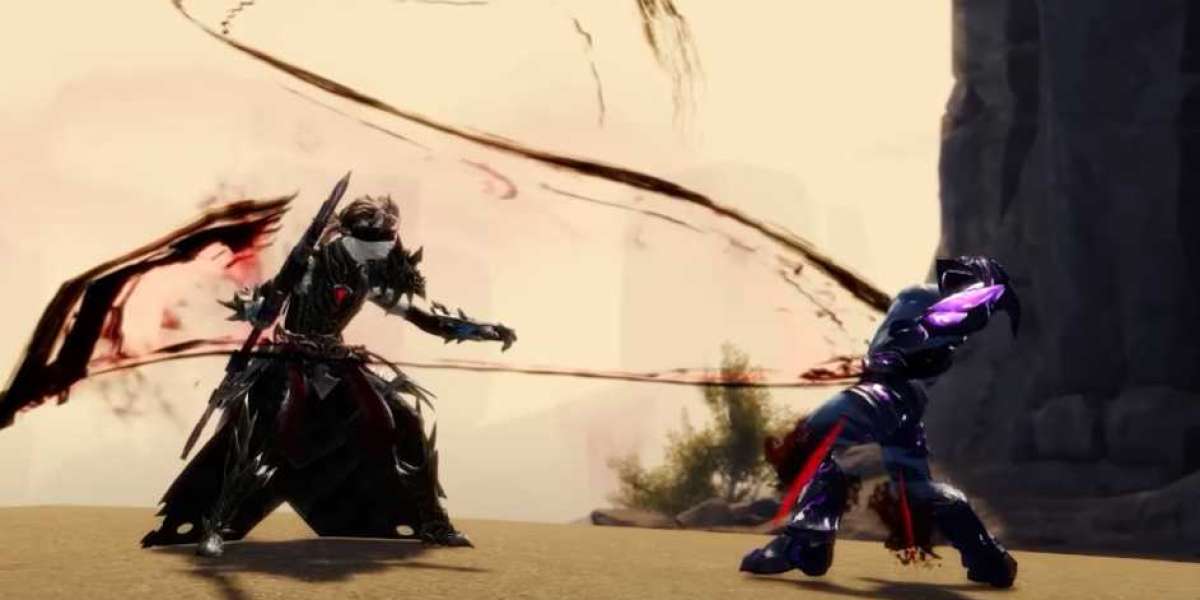Introduction: A Coin Can Be More Than Just Change
Imagine finding a coin in your wallet that’s worth thousands. It may sound surprising, but rare coins often come from ordinary places—old boxes, coin jars, or even change received at a store. These coins become valuable due to their history, rarity, and condition.
Whether you're a curious beginner or an aspiring collector, this article will help you understand what makes a coin rare and how you might already have one in your possession.
What Exactly Is a Rare Coin?
A rare coin is typically one that is hard to find, either because it was minted in low quantities or has unique characteristics. However, rarity doesn’t only depend on age. Here are the core factors:
1. Low Mintage
Coins that were produced in small numbers have fewer copies in circulation today, which increases their value.
2. Minting Errors
Coins with misprints, incorrect edges, missing elements, or wrong dates are valuable because they are anomalies.
3. Historical Relevance
Coins linked to significant events or transitions in a country’s history are often prized by collectors.
4. Condition or Grade
A coin’s physical state is crucial. Uncirculated or well-preserved coins fetch much higher prices than worn-out ones.
5. Material Used
Coins made of silver, gold, or rare alloys tend to be more valuable due to their intrinsic metal content.
Popular Rare Coins from India
India has a rich coinage history, spanning from ancient times to the modern republic. Here are a few standout examples:
Gupta Dynasty Coins: Featuring intricate engravings and Sanskrit inscriptions, these ancient coins are of great historical importance.
Mughal Gold Mohurs: High in artistic and monetary value, especially those from Akbar’s era.
British India Half Anna (1835): One of the earliest colonial coins, rare in good condition.
One Rupee 1911 with King George V’s Image: Known for a unique error where the king’s portrait lacks a proper robe design.
Commemorative Coins of Independent India: Coins marking events like Mahatma Gandhi’s 150th birth anniversary are often printed in limited numbers.
How to Spot a Rare Coin
Identifying a rare coin doesn’t require professional tools—just careful observation. Here’s what to check:
Check the Date: Look up the year of minting. Coins from transitional periods may be rarer.
Mint Mark Location: In Indian coins, mint marks can be found below the date and vary by city—no mark (Kolkata), dot (Delhi), diamond (Mumbai), or star (Hyderabad).
Physical Imperfections: Any misprint, such as an off-center design or missing symbol, can significantly raise a coin’s value.
Look for Commemorative Designs: These are often released in limited quantities.
Coin Collecting as a Hobby and Investment
Collecting rare coins isn’t just a hobby; it can also become a meaningful investment. Here's why people are drawn to numismatics:
Personal Enjoyment: Finding and learning about coins can be both relaxing and intellectually rewarding.
Historical Insight: Each coin tells a story—of a time, a ruler, or an event.
Market Demand: Rare coins can gain significant value over time.
Cultural Connection: Collectors often feel a deep connection to their heritage through coinage.
Even a modest collection can become valuable if managed carefully and stored properly.
Tips for Beginners in Coin Collection
If you’re interested in discovering rare coins or starting a collection, follow these simple steps:
Start at Home: Check old drawers, piggy banks, or inherited coin stashes. You might already own something valuable.
Study Regularly: Read coin guides and learn about minting patterns, metal types, and designs.
Store Safely: Use plastic holders, albums, and avoid touching coins directly to preserve their condition.
Join Communities: Numismatic clubs or social groups can offer guidance, knowledge, and trade opportunities.
Stay Patient: Rare coins aren’t found every day. Building a meaningful collection takes time.
Conclusion: The Hidden Stories in Small Circles
Rare coins prove that even the smallest objects can hold great value—historical, cultural, and financial. They are often overlooked, yet quietly carry tales of kingdoms, revolutions, and transitions. For those who take the time to understand them, rare coins offer a fascinating world of discovery and potential wealth.
Important Links



